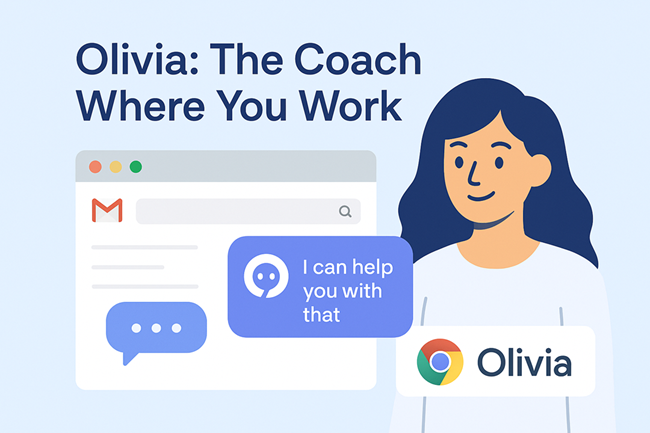As a COO, you’re focused on efficiency, productivity, and profitability. But one of the biggest drains on your business isn’t always visible in the P&L: miscommunication between colleagues.
When employees misunderstand each other, the consequences ripple quickly — conflict, stress, absenteeism, and ultimately attrition. But when communication is clear and colleagues truly understand one another, the opposite happens: smoother collaboration, higher productivity, and stronger business outcomes.
The True Cost of Miscommunication
Miscommunication isn’t a “soft” issue. It’s one of the most expensive, underestimated problems in the workplace. Here’s what it looks like in hard numbers:
· Conflict resolution: Workplace conflict costs UK businesses £28.5 billion annually — around £1,000 per employee — in management time, HR involvement, and disputes (ACAS, 2021).
· Absenteeism: Conflict-related stress alone accounts for £2.2 billion per year in lost productivity due to absence (ACAS, 2021).
· Attrition: The average voluntary attrition rate is ~10% per year, and replacing a single employee typically costs 50–200% of salary depending on the role (SHRM, PeopleKeep).
· Disengagement impact: Gallup estimates disengaged employees cost organizations up to 34% of their salary in lost productivity (Gallup).
Each of these costs stems from the same root: colleagues who don’t fully understand each other, and managers who don’t catch relationship issues early.
The Gains of Getting It Right
The up side is equally clear. When employees communicate better and understand one another’s styles, strengths, and stress points:
· Productivity rises by up to 20% compared to disengaged peers (Wellable).
· Conflict decreases, freeing managers and HR from firefighting.
· Attrition drops, protecting millions in recruitment and training costs.
· Teams collaborate more effectively, creating capacity without adding headcount.
Better communication isn’t just a cultural win — it’s a competitive advantage.
The Solution: Scaling Communication with Olivia AI
Ordinarily, solving these challenges has meant bringing in human coaches — expensive, limited, and only available to a handful of leaders. Scaling coaching to every employee has simply not been possible.
Now it is.
With artificial intelligence, the benefits of improved communication and colleague understanding can be delivered at scale — across every level of the organization — at a fraction of the traditional cost. The economics are powerful:
1 hour with a human coach ≈ 1 year with Olivia AI.
Olivia is available 24/7, whenever employees need guidance.
She focuses on self-awareness, team collaboration, and conflict prevention — translating complex behavioral data into practical, actionable coaching.
This shifts the benefits-to-cost ratio dramatically. What was once a privilege for executives is now accessible to the entire workforce — creating exponential gains in communication, collaboration, and business effectiveness.
The COO’s Mandate
For COOs, communication and colleague understanding should be treated like any other operational lever: something to measure, optimize, and scale. The business case is clear:
· Reduce unnecessary costs from conflict, absenteeism, and attrition.
· Unlock productivity by improving collaboration without additional hiring.
· Strengthen culture to sustain growth and performance.
The hidden costs of miscommunication are too big to ignore. But with Olivia AI, the gains of getting it right — in performance, retention, and profitability — are now within reach.







